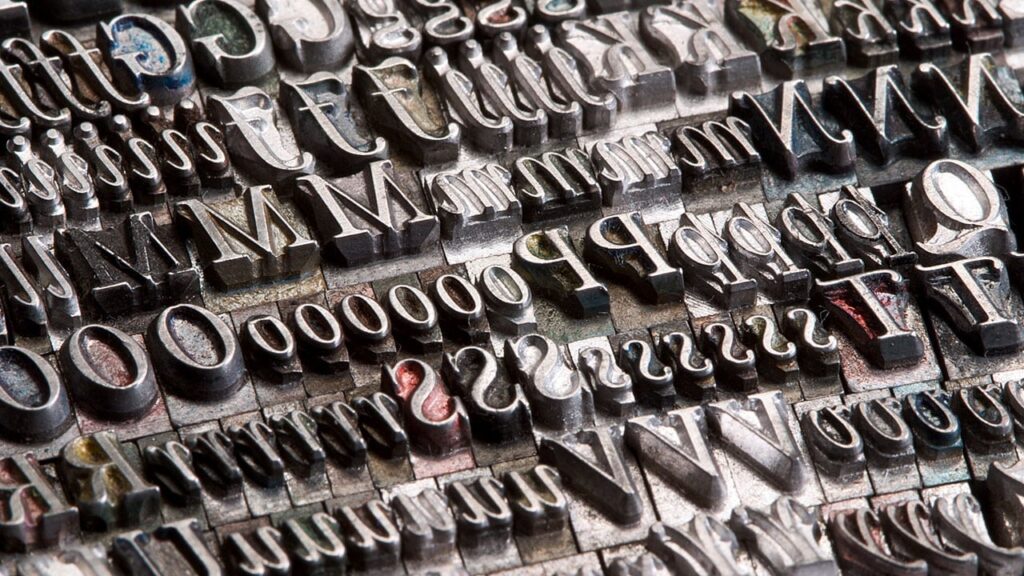As human communication shifts to digital platforms, so too is a centuries-old fascination with the art and style of the written word. Font and typeface help capture the reader’s attention, setting a tone to complement the writer’s intended message. Typographers know just how important these stylistic choices are online, inspiring greater engagement from web readers—and maximizing limited time and attention spans.
Top web design courses will instill the basics of typography—a key component of the most effective online platforms. Typography skills allow web designers to stand out in their field, with the insights to deliver more artful, engaging and functional web platforms.
Read on to learn why typography is so important for online design.
Typography Can Set a Tone and Shape Perceptions
Web designers help businesses represent themselves online, creating web platforms that communicate a core mission, product or service. Typography choices are critical in this area, shaping the look and feel of online content for first-time web viewers. A 2012 New York Times survey found that online content was deemed more or less believable according to typeface, with Baskerville scoring higher than other fonts, including Comic Sans. With a large volume of online users to please, the right typeface can create an impression of the website’s core values and intentions.
Throughout their careers, web designers might be tasked with creating online content for a variety of clients. Typography skills help them produce web pages suited to unique client needs, with styles to match a hard-news style, a light comic tone, and everything in between.

The Baskerville font was created in 1757 to maximize readability and contrast
Typography Skills Help Optimize Online Platforms
Businesses hire web designers to help sell their services and products online. Typography choices are critical in this respect, helping websites ‘convert’ casual visitors into customers. Effective web layouts often include an eye-catching font for titles and a more readable one for text. Readability is crucial, as potential customers will often be dissuaded by a frustrating typeface experience. In fact, a Nielson study found that the most common complaint online readers have with a website relates to small font sizes.
Along with font size, web designers will also consider factors like serif or sans-serif, color, and the contrast of text and title type. Anyone looking to become a web designer can benefit from learning the basics of typography, helping them create the most engaging online content.
Online Successes can help Students in Web Design College
The web design industry is increasingly aware of typography as a factor for optimizing online platforms. Along with new research on the optimal font and typeface, students in web design college can examine typography choices on their favorite websites, determining how they contribute to the overall online experience. This personal research can also help students specialize in their web design work, learning best practices for web platforms of particular interest.
Students pursuing a web designer diploma may also assess the typography of industry leaders. In particular, web design experts have applauded the online presence of companies like Hi-Pointe drive-in, a St. Louis burger restaurant. Hi-Pointe’s website combines bold titles with relaxed typeface, blending both into a welcoming—and appetizing—customer experience. The Lincoln hotel’s website, by contrast, creates an elegant feeling through the careful use of classic-looking typography. These sites illustrate how typography shapes identities online, offering visitors unique opportunities to engage with products and services.
Interested in a rewarding Web Design Career with AOLCC Winnipeg North?
